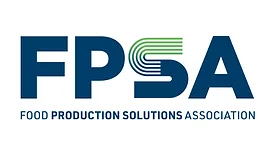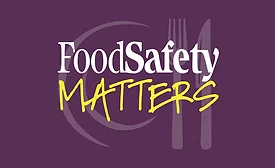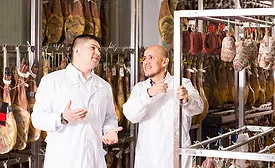Home » Keywords: » leadership
Items Tagged with 'leadership'
ARTICLES
High-performing organizations go beyond compliance to ensure continuous skill development and a leadership-driven food safety culture
Read More
Harnessing the Power of Food Safety Education for Industry Professionals
Many educational vehicles are available to provide food safety learning to our coworkers, colleagues, and employees
December 19, 2024
The Importance of Establishing Strong Relationships as a Successful Food Safety Business Leader
Building and maintaining relationships with key stakeholders are integral to ensuring food safety and driving continuous improvement for your business
December 19, 2024
Never miss the latest news and trends driving the food safety industry
eNewsletter | Website | eMagazine
JOIN TODAY!Copyright ©2025. All Rights Reserved BNP Media.
Design, CMS, Hosting & Web Development :: ePublishing









